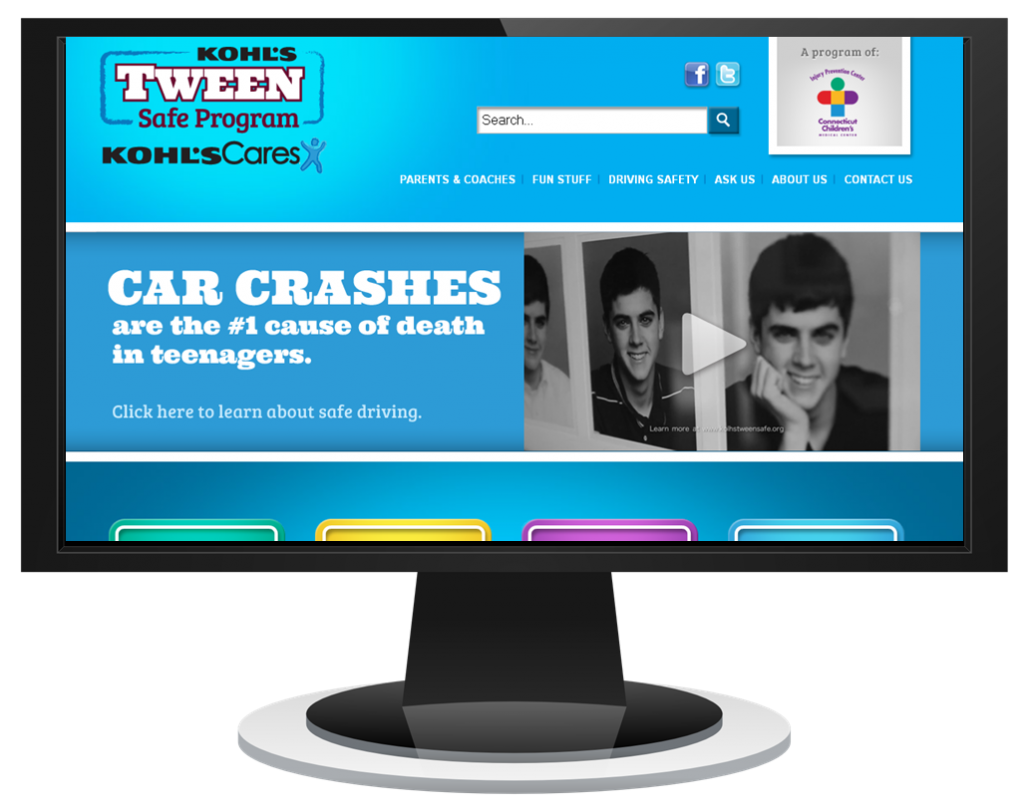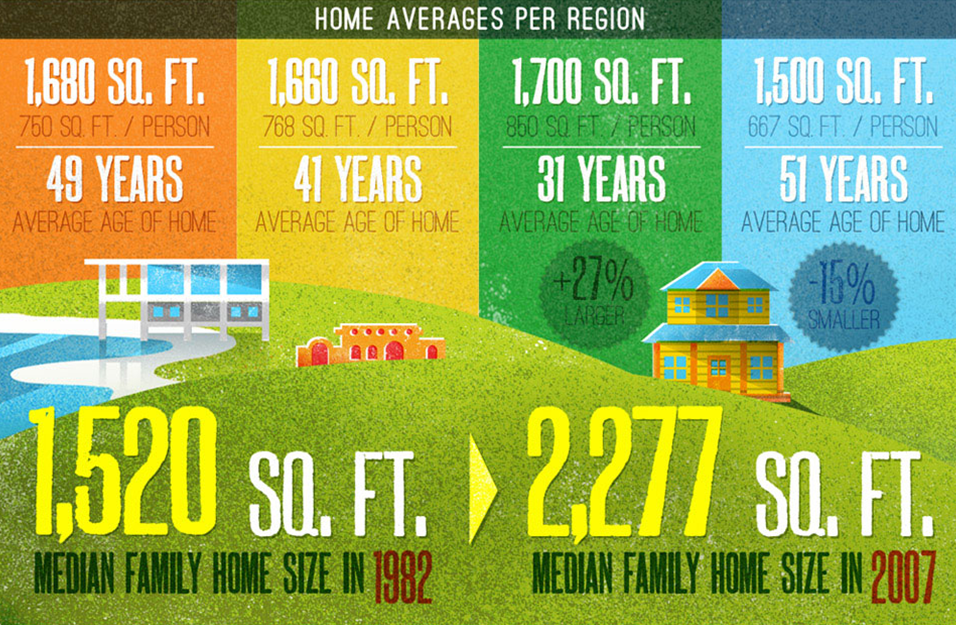CT Differs from National Trend: Top Baby Names are Mason and Emma
/
Across the nation in 2012, the most frequent names for newborn babies were Jacob and Sophia. Not in Connecticut. Here, the leading names were Mason and Emma, choices that were runners-up nationally.
The top ten boys’ names in Connecticut were: Mason, Jacob, Michael, Liam, Ethan, Jayden, Anthony, Matthew Noah and Ryan. The top ten girls’ names in Connecticut were: Emma, Olivia, Isabella, Sophia, Ava, Mia, Emily, Charlotte and Abigail.
Nationally, the leading boys names in 2012 were, Jacob, Mason, Ethan, Noah, William, Liam, Jayden, Michael, Alexander and Alden. The most frequent girls names were Sophia, Emma, Isabella, Olivia, Ava, Emily, Abigail, Mia, Madison and Elizabeth.
In Connecticut, Sophia also topped the list in 2011, while Alexander was the leading name among boys. Mason ranked third that year. In 2010, Michael and Isabella were the most popular names chosen by Connecticut parents. Alexander dropped from number one in 2011 to number 13 in 2012. Emma jumped from number four in 2011 to the top spot in 2012 in Connecticut.
The data is based on Social Security card application information, and compiled by the Social Security Administration. A decade ago, in 2002, the top names selected in Connecticut were Michael and Emily. In 1992, Michael and Jessica topped the list. By 2012, Jessica did not make the top 100 girls names in Connecticut.
Another name on the move – perhaps reflecting the growing popularity of the location in New York (and perhaps Connecticut, too?) – is the name Brooklyn. After finishing 75th in 2010 and 76th in 2011, the name jumped to47th in popularity in 2012. Elizabeth is more popular outside Connecticut, ranked at number 10 nationally in 2012 and at number 20 in Connecticut, up slightly from number 23 the previous year.
Reasons for name selection vary widely. One of the more recent findings, published in the October 2012 issue of Psychological Science, was developed by researchers Jonah Berger, Eric Bradlow, Alex Braunstein and Yao Zhang of the University of Pennsylvania’s Wharton School. Writing in the journal of the Association for Psychological Science, they found that names starting with K, such as Karl and Katie, became about 9% more popular after Hurricane Katrina – evidence that parents’ choices about what to call their children are influenced by the sound of names in the news. It is unclear whether Storm Sandy had a similar effect in Connecticut, since the storm occurred mid-way through the year.
A recent study by Bohan + Ipsos for WhyMomsRule.com found that nearly nine in ten Americans approve of their first names – 31 percent “love it,” 56 percent “like it,” 10 percent “dislike it” and 3 percent “hate it.” The study also found a marked shift toward “unique” names and away from family and traditional names during the 20th century. Daughters have more unusual names than sons, and sons have names that are easier to spell than daughters, the study, conducted in March 2013, found.
Closing out the top 100 most popular names in Connecticut were Antonio, for boys, and a three-way tie between Melanie, Serenity and Valentina among girls. And just in case you’re wondering, in addition to Connecticut, Mason and Emma were the #1 names for 2012 in West Virginia.










































